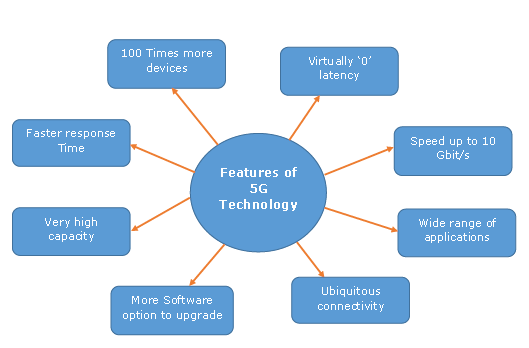Understanding UTD: An Overview of the Uniform Theory of Diffraction
telcomatraining.com – The Uniform Theory of Diffraction (UTD) is a crucial concept in electromagnetic wave propagation, particularly in predicting diffraction effects caused by obstacles. Developed as an extension of the Geometrical Theory of Diffraction (GTD), UTD provides a more accurate and uniform solution, making it essential in various engineering applications, such as antenna design, wireless communication, and radar systems.
What is UTD?
The Uniform Theory of Diffraction (UTD) is a mathematical framework used to analyze and predict electromagnetic wave behavior when encountering edges, corners, and curved surfaces. Unlike classical diffraction models that may fail in transition regions, UTD ensures smooth and continuous solutions, improving accuracy in practical applications.
UTD was developed as an enhancement of GTD, which itself extended the traditional Geometrical Optics (GO) approach. While GO assumes light travels in straight lines and ignores diffraction, GTD and UTD incorporate wave effects to provide a more comprehensive understanding of real-world scenarios.
Key Principles of UTD
1. Edge Diffraction
One of the fundamental concepts of UTD is edge diffraction, where waves bend around the edges of obstacles. This is particularly important in scenarios where line-of-sight (LOS) propagation is obstructed.
2. Transition Region Accuracy
A significant advantage of UTD over GTD is its ability to provide uniform solutions across transition regions. Traditional GTD solutions often exhibit discontinuities near shadow boundaries, but UTD applies correction factors to ensure smooth transitions.
3. Reflection and Surface Interaction
UTD also accounts for reflection and surface interaction, making it useful in urban and indoor wireless communication modeling. It helps engineers predict how signals behave when interacting with buildings, walls, and other obstacles.
Applications of UTD
1. Antenna and Wireless Communication Design
UTD plays a critical role in the design of antennas and wireless communication networks. By accurately modeling how signals diffract around buildings and obstacles, engineers can optimize coverage and minimize signal loss.
2. Radar and Remote Sensing
Radar systems heavily rely on UTD to improve target detection and reduce signal distortion. In remote sensing applications, UTD enhances the accuracy of imaging and object identification.
3. Optical and Acoustic Wave Analysis
Beyond electromagnetic waves, UTD principles apply to optical and acoustic wave diffraction, making it valuable in medical imaging, sound propagation modeling, and even earthquake wave prediction.
Advantages of UTD Over Other Models
- Accuracy in Complex Environments: Unlike basic diffraction theories, UTD provides reliable predictions even in intricate geometries.
- Seamless Transition Handling: Eliminates discontinuities that occur in GTD solutions.
- Wide Applicability: Useful in both high-frequency and lower-frequency wave analyses.
Conclusion
The Uniform Theory of Diffraction (UTD) is a powerful tool for predicting and analyzing electromagnetic wave behavior in various engineering applications. Its ability to provide uniform and accurate solutions makes it indispensable in antenna design, wireless communication, radar, and beyond. As technology advances, UTD will continue to be a fundamental principle in modern wave propagation analysis.







